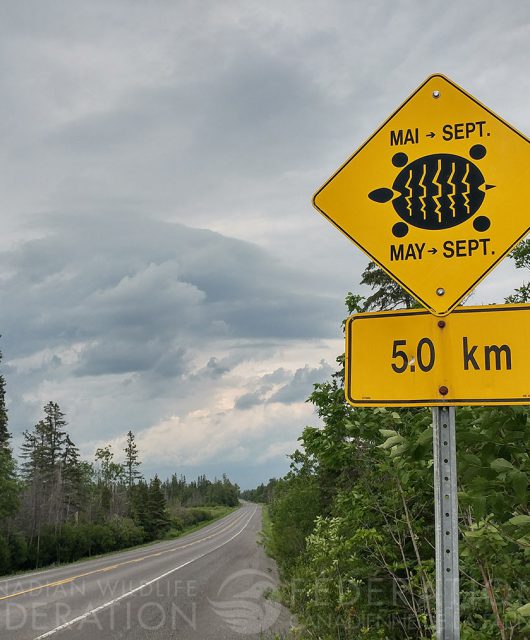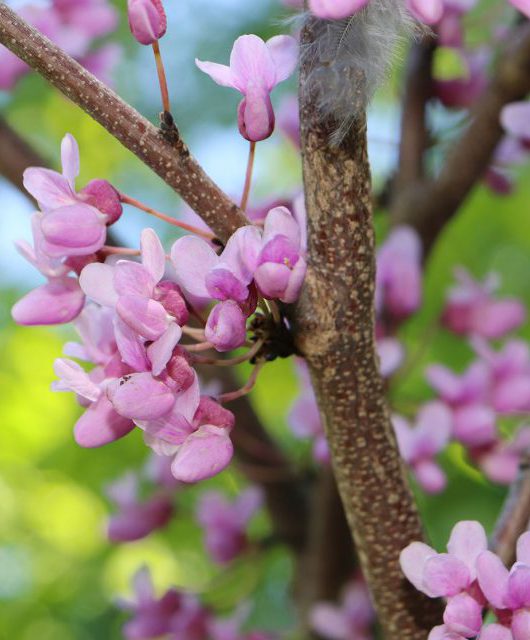Two and a half years ago, we reported that Canada’s pesticide regulator reversed its proposal to ban neonicotinoid pesticides.
We now have a disturbing follow-up to that story.
In 2018, Canada’s pesticide regulator — Pest Management Regulatory Agency (PMRA) — proposed that three neonics (imidacloprid, clothianidin, thiamethoxam) be phased out, because they posed unacceptable risks to aquatic ecosystems. Neonicotinoids are highly toxic pesticides known for their persistence in terrestrial and aquatic environments and their threat to bees, birds, bats, aquatic insects, and humans.
In spring 2021, we were stunned when Health Canada reversed the proposed special review decisions to phase out use of imidacloprid, clothianidin and thiamethoxam.
Suddenly, these pesticides were deemed “largely acceptable with some mitigation,” meaning that neonicotinoid use would continue as usual. At the time, all we knew was that the agricultural chemical industry had provided the PMRA with their own “studies” of pesticide residues. We later learned that these findings were not peer-reviewed and not public. They evidently contradicted the results of peer-reviewed academic science. And yet, they were used by the federal government to reverse their decision to ban neonicotinoids.
Scientist Digs Deep to Understand Why Government Reversed Their Decision
Dr. Christy Morrissey, a professor of Biology at the University of Saskatchewan, has been probing Health Canada’s decision. She is an ecotoxicologist who studies the effects of environmental contaminants on ecosystems and organisms. To examine the effects of neonicotinoids, she looks at aquatic insects that live in contaminated agricultural wetlands and the birds that depend on those insects for food. Dr. Morrissey’s research demonstrates unsafe neonicotinoid infiltration of wetlands in Saskatchewan farmland (by government safety guidelines) and this research informed the PMRA’s 2016 decision to propose banning imidacloprid.
The federal government’s rules around access to data hindered Dr. Morrissey’s ability to challenge Health Canada’s reversal on neonicotinoids, making it difficult to file a Notice of Objection (NOO) within the allowable 60 days. After significant delays in receiving the data Morrissey asked to review —including 30,000 pages of view-only, un-searchable information on an encrypted thumb drive — several things became clear:
Nearly all the main studies used by the federal government in their decision to reverse the ban were done by industry.
The PMRA was evidently biased in using inappropriate water monitoring data largely produced by industry, and disregarded independent peer-reviewed water monitoring data. Some of the water sampling locations occurred where neonics were not used in adjacent croplands, thus biasing the results toward lower levels of neonicotinoids in the environment.
An article in The National Observer, October 17, 2024, indicates that the PMRA shared Dr. Morrissey’s data with Bayer Crop Science without her knowledge. Knowing where her data had been collected, Bayer resampled some of the same wetlands multiple times, including those that did not have adjacent crops and therefore would have had low to no residues. They also sampled at the wrong time of year for the neonics to be detectable.
The PMRA’s assessment that led to Health Canada reversing the proposed ban on neonicotinoids appears to lack scientific integrity.
Through errors of omission and errors of commission, they rejected much of the peer-reviewed science generated by independent researchers that led to the phase-out recommendation, failed to observe scientific principles and allowed what appears to be biased industry data to lead to the wrong outcome. The PMRA also altered its methods of evaluating neonicotinoids by relying primarily on mesocosm (experimental water enclosures) studies. They also disregarded significant evidence from toxicity studies conducted on more sensitive aquatic insect species.
Conduct Lacking Integrity
Health Canada’s Scientific Integrity Policy points out that stakeholder trust in the research and scientific information provided by governments depends on the integrity of the process by which such information is produced, managed and communicated. The same is true for trust in the decision-making process that makes use of such information. Scientific integrity principle 6.2 states that “… the conduct of the organization’s research and science and any research or scientific products, as well as any associated communications, are free from political, commercial, client and stakeholder interference.” In this instance, Health Canada appears not to have followed its own policy on integrity.
More than three years later, Dr. Morrissey hasn’t received a letter of response from the PMRA to her Notice of Objection, nor has her NOO been sent to an external committee for additional review. While one scientist had 60 days to review all the unsearchable material and write a scientific NOO, the PMRA has more than 50 scientists that haven’t responded within a reasonable time frame. The PMRA science team had approximately 715 times more days to make the response to the Notice of Objection than Dr. Morrissey had to assess the decision and write the NOO.
While the PMRA’s failure to respond is damning in and of itself, it has also come to light that Dr. Morrissey’s inconvenient data may have been censored in government meetings. The National Observer’s October 17th 2024 article reported that officials in Environment and Climate Change Canada and Agriculture and Agri-Food Canada colluded with Bayer Crop Science to find a way for Bayer to keep selling neonicotinoid pesticides to Canadian farmers. Beginning in 2016, internal meeting minutes obtained by The National Observer through access-to-information legislation show that Canadian government officials invited Bayer to a so-called “multi-stakeholder forum” where they discussed ways to obtain a better outcome for industry of the PMRA’s proposal to ban imidacloprid.
Meeting minutes accessed by The National Observer show that Morrissey’s wetland contamination data was discussed at length in the forum. Federal officials commented that the regulator “wants to know if there is a path forward out of this, and…to get to a place where environmental risks are in an acceptable place. No matter how that happens” [Canada’s National Observer]. The conversation continued by pointing out that for the regulator to back off the proposed ban it needs “information that shows the product is acceptable” [Canada’s National Observer].
If a plan to un-ban was underway, all Bayer Crop Science had to do was hire technicians to re-sample the cleaner wetlands and flood the PMRA’s assessment with data points that showed neonicotinoids weren’t persistent in farmland.
The Way Forward
The Canadian Wildlife Federation strongly believes a judicial review is needed to adjudicate on whether Canadian federal officials colluded with the industry to allow neonicotinoids to continue harming Canadian health, biodiversity and farmland.
The Canadian government’s reluctance to hold industry accountable by banning hazardous pesticides puts us behind nearly 90% of other countries in the world.
If there was a dereliction of duty by the PMRA, Canadians deserve to understand how it happened.
Neonics are used extensively on seed coatings, and as foliar (relating to leaves) sprays on over 100 crops. These chemicals percolate into waterbodies, kill pollinators and impact bats, birds and other wildlife. Case in point, streams running through Prince Edward Island’s potato farms have recently been found to have highly un-safe levels of clothianidin (4.5 times greater than the safety thresholds) (Canada’s National Observer, October 29, 2024).
Health Canada’s seeming regulatory failure of neonicotinoid pesticides may be putting biodiversity, food security, and human health at risk.
What CWF Has Done to Help Ban Neonics
In 2018, Ottawa concluded its consultations on the latest risk assessments for three neonicotinoid pesticides and proposed to ban them.
- More than 83,000 CWF supporters supported our five-step plan to ban neonicotinoids, and to work with farmers and policy-makers to help the environment recover from the devastating effects of these pesticides.
- Since then, CWF has educated Canadians about the harms caused by neonicotinoid pesticides.
- Raised the issue of neonicotinoids poisoning bats
- Written about garden pesticide residues in waterways
- Partnered with Home Depot to grow native plants without neonic treatments
- Called out the PMRA’s abrupt reversal on its position to ban three neonicotinoid pesticides in 2021



